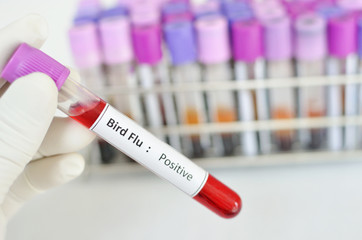We’re a few weeks into the historic 221-year co-emergence of Brood XIX and Brood XII cicadas—and anglers in the South are already capitalizing on the swarm of giant bugs. Once cicadas start hatching in any one area, they’re likely to continue to emerge for three to four weeks. While this gives anglers plenty of time to chase fish on big flies and topwater lures, it also gives fish plenty of time to adjust to fishing pressure. In other words, if you’re not catching fish, it’s probably time for you to readjust your approach and tactics.
I spoke with fly fishing guides and cicada fishing experts about tactics to counter wary fish. Of course, the basics for of targeting spooky fish, like a stealthy approache, delicate casts, and a lighter leader, all apply. But there are a few cicada-specific tips you can try when the fish start turning away from your flies. Here are five of those tactics for fishing pressured waters during the 2024 cicada emergence.

1. Tailor Your Presentation to Real Cicada Behavior
You should have at least four to five different cicada patterns in your box and be ready to change things up when fish are ignoring any particular one. But on highly pressured waters, you might have to take things a step further. Observe how real cicadas are landing on the water and try to mimic that presentation in your flies. Are their wings splayed out? Maybe they’re tucked in. Are fish keying in on bugs that make a big splat when they hit the water?
Fishing guide and owner of The Hatch Outfitters, Seth Fields, is already seeing fish be extremely picky about bugs, even the real ones. Last week, he noticed carp only eating cicadas with their wings out on the water. So, he tweaked the wings on his flies to make them more splayed out when they landed. “I’m splaying the wings out to the side, so when it lands, they are touching the water. We’ve noticed carp feeding on natural cicadas that had their wings on the surface.” Make sure your flies look just like the real ones when they hit the water.
2. Target Trout in Fast Water
Trout are wary fish to begin with, and once they get hooked on cicada flies, they become even pickier. That means traditional dry fly water, like slow-moving pools, becomes even harder places to fool wary trout. Instead, fish the fast water. For starters, trout don’t have as much time to inspect a cicada fly when it’s ripping through a riffle. But they’ll still see it because these bugs are huge.
Fast water also provides cool, oxygenated current for trout. In areas where it’s really hot, like much of the Southeast right now—where cicadas are popping off—fish will move into riffles and hold in current while looking for an easy meal. These areas won’t work as well for a size 22 blue-wing olive hatch, but even in fast-moving water, trout will smash a big cicada fly without having much time to inspect the fly.

Obviously, pressured fish and stealthy approaches go hand in hand. When targeting finicky carp, downsize your leader and tippet to what you can get away with and still land fish. It also helps to fish a fluorocarbon tippet for fly anglers and fluoro leaders for conventional anglers. While fluoro is known to sink better for nymphing, it won’t pull a big cicada fly underwater. Fields says he even fishes a clear-tip fly line when chasing these wary carp in Southeast Tennessee. Anything to remain stealthy and not spook fish will benefit you, especially in stillwater fisheries.
4. Find More Bugs
The best way to beat pressure is to avoid pressure. It’s understandable to want to fish a productive spot loaded with cicadas day after day, but it can become a double-edged sword. While I don’t recommend leaving feeding fish to find new fish, you should leave fish that won’t eat your cicada offerings. The beautiful part about the 2024 cicada hatch is it’s so widespread. When fish go cold and stop eating, go explore new water and listen for bugs. Your ears will lead you to the fish. And if you’re the first angler to a bank full of cicadas, there’s a good chance you’re in for an epic day. Stay mobile, and don’t be afraid to find new bugs in new water.
5. Target Trout Subsurface
If trout won’t eat on top, try them a little lower in the water column. There are two ways to accomplish this while cicada fishing. The first is to wrap your cicada flies with tungsten wire to get the bug to sit partially under the surface. This small difference in presentation will often draw strikes. The other way is to tie on a cicada fly and add small split shot above so that it submerges the fly. Fish that don’t want to come up to the surface to eat a bug may eat a cicada that was washed underneath. Anglers can also run a traditional hopper-dropper rig with a cicada fly. This gives you the opportunity to hook subsurface fish that aren’t dialed in on cicadas.
Read the full article here




